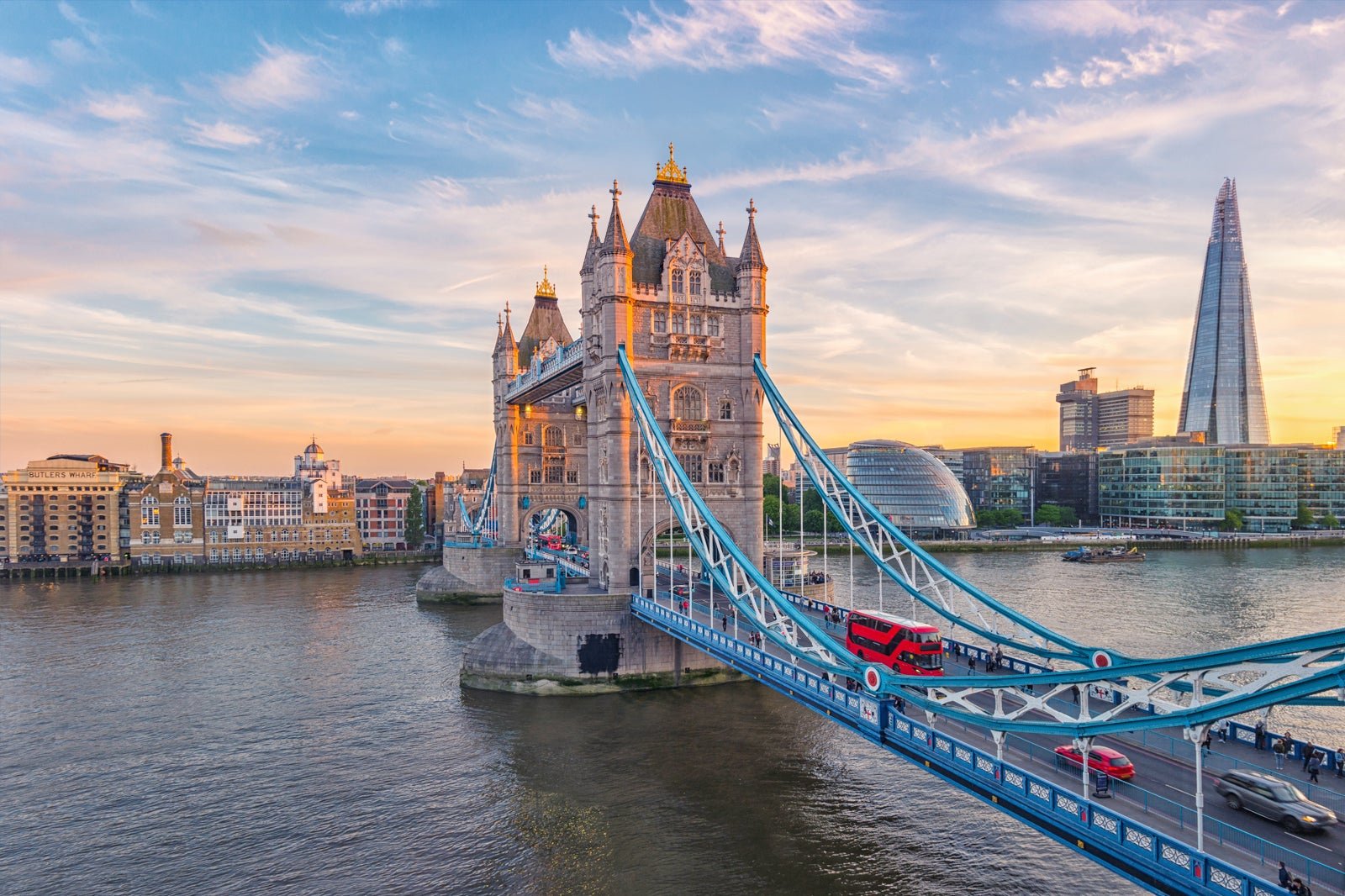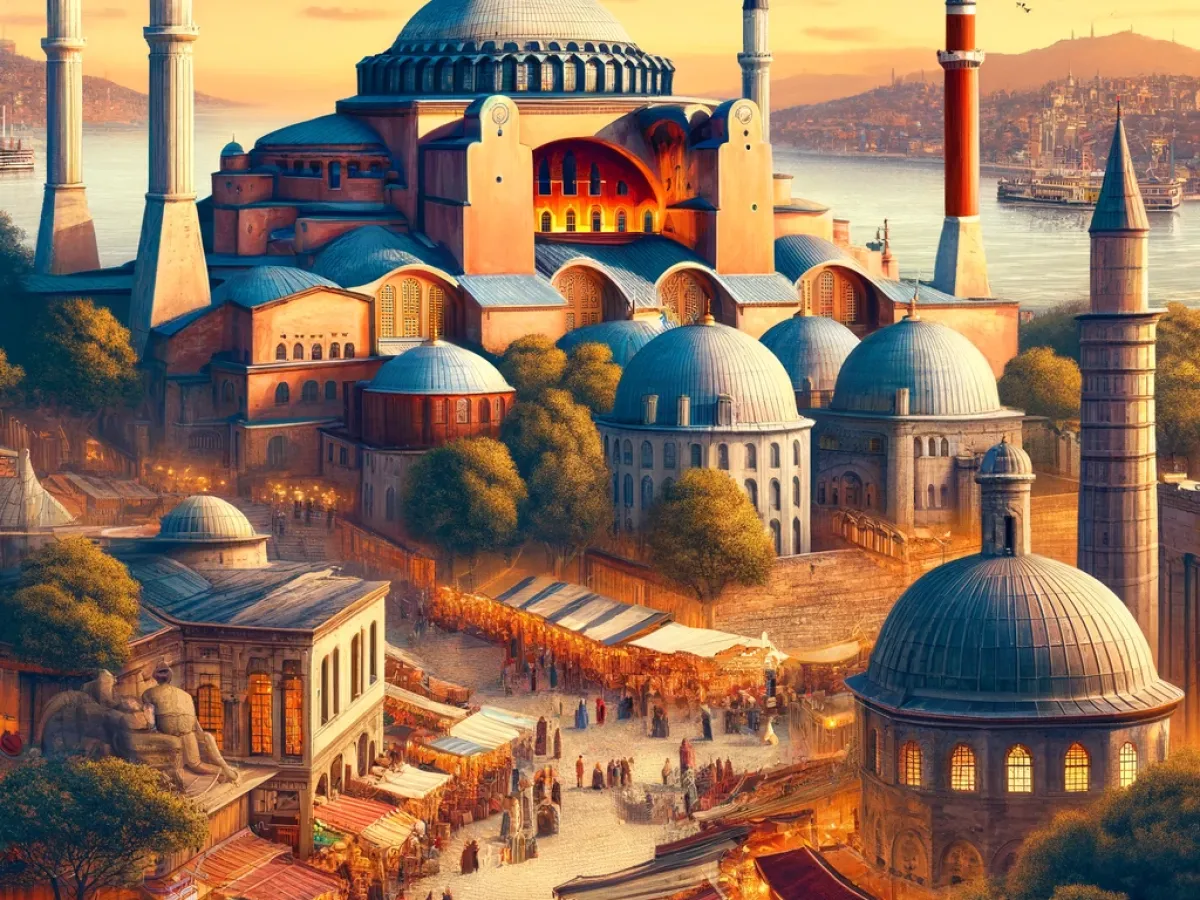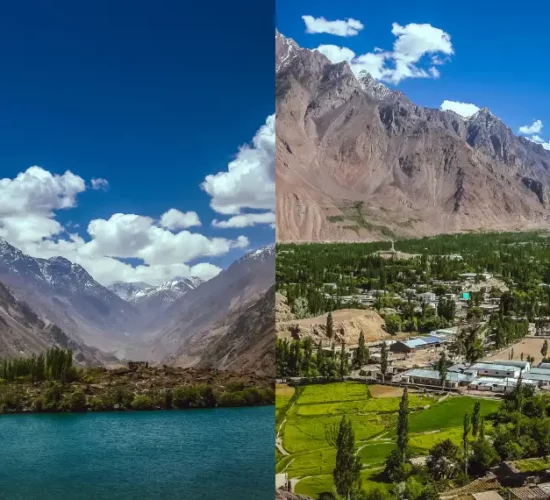Rome, the Eternal City, is a living museum where ancient history meets vibrant modernity. Every corner of Rome tells a story, from its legendary origins to its role as the heart of the Roman Empire and the center of the Renaissance. Here are the top five historical places you must visit in Rome, Italy.
1. The Colosseum
The Colosseum, also known as the Flavian Amphitheatre, is one of the most iconic symbols of ancient Rome. This massive structure, capable of holding up to 80,000 spectators, was the epicenter of Roman entertainment.
Key Highlights:
- Gladiatorial Games: The Colosseum was primarily used for gladiatorial contests, where fighters battled to the death, often against wild animals.
- Architectural Marvel: The Colosseum’s intricate system of vaults and its sheer size make it a masterpiece of ancient engineering.
- Historical Tours: Visitors can explore the Colosseum’s underground chambers, where gladiators and animals were kept before contests.

2. The Roman Forum
The Roman Forum was the heart of ancient Rome, serving as a public plaza where commerce, politics, and social activities took place. Walking through the ruins of the Forum is like stepping back in time.
Key Highlights:
- Temple of Saturn: One of the oldest sacred places in Rome, originally built in the early 5th century BCE.
- Arch of Titus: A triumphal arch commemorating Emperor Titus’s victory in the Jewish War.
- Curia Julia: The Senate House where Roman senators met to discuss and decide on political matters.
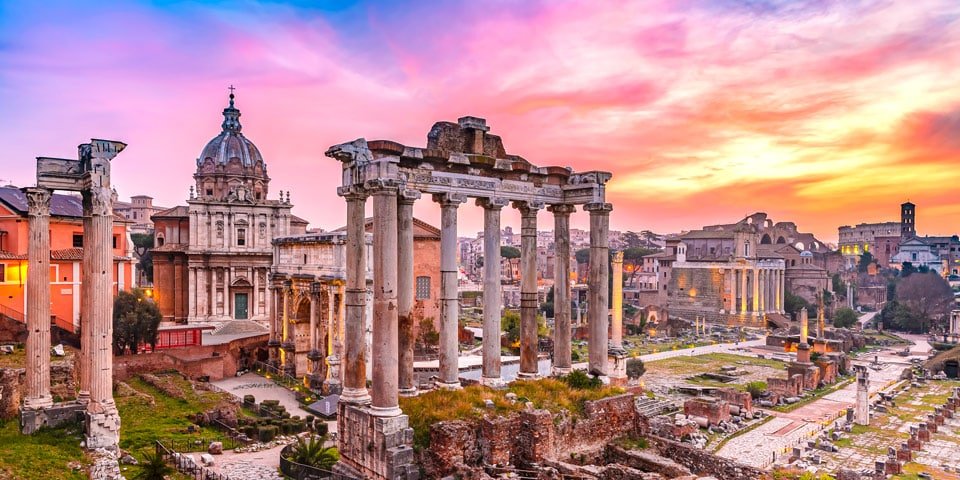
3. The Pantheon
The Pantheon, originally built as a temple for all Roman gods, is one of the best-preserved ancient Roman buildings. Its architectural beauty and innovative design have inspired architects for centuries.
Key Highlights:
- The Dome: The Pantheon’s dome is a marvel of ancient engineering, with a central oculus that lets in natural light and rain.
- Interior: The interior is a harmonious blend of light and space, with exquisite marble floors and statues of various Roman gods.
- Tomb of Raphael: The renowned Renaissance artist Raphael is buried in the Pantheon.
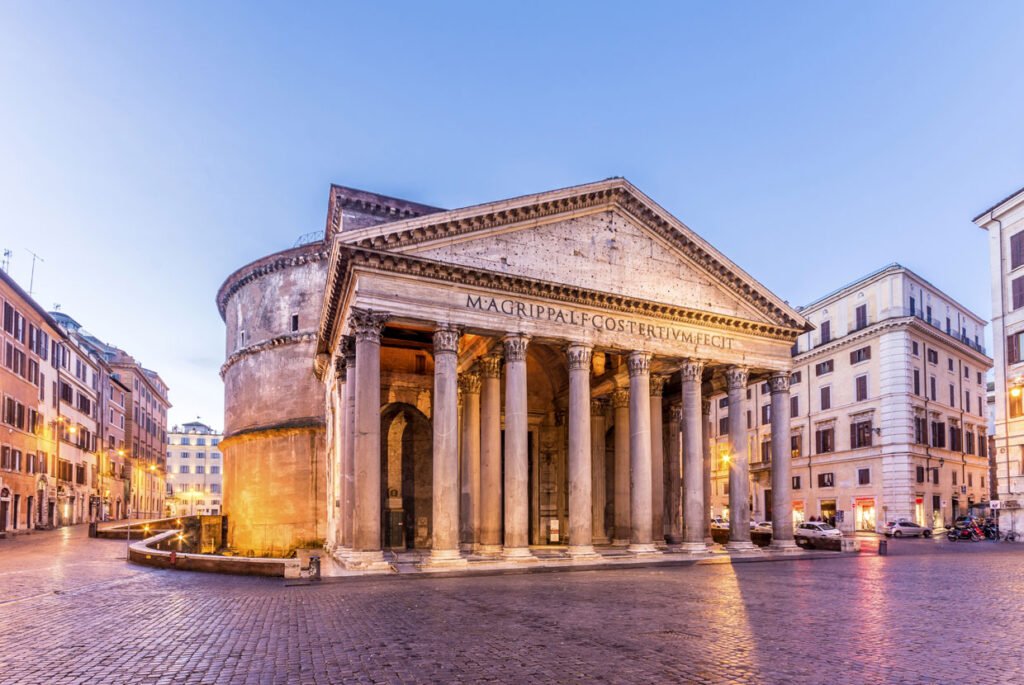
4. The Vatican City and St. Peter’s Basilica
Although technically a separate city-state, Vatican City is an essential part of any visit to Rome. St. Peter’s Basilica, located within Vatican City, is one of the most important and impressive religious buildings in the world.
Key Highlights:
- St. Peter’s Basilica: An architectural masterpiece featuring works by Michelangelo, including the Pietà and the dome.
- Sistine Chapel: Famous for Michelangelo’s ceiling frescoes, depicting scenes from Genesis, and the Last Judgment on the altar wall.
- Vatican Museums: Home to one of the largest and most impressive art collections in the world, including the Raphael Rooms and the Gallery of Maps.

5. The Catacombs
The Catacombs of Rome are ancient underground burial sites that offer a fascinating glimpse into early Christian history. These subterranean passageways were used from the 2nd to the 5th centuries CE.
Key Highlights:
- Catacombs of San Callisto: One of the largest and most visited catacombs, known for its network of galleries and tombs of several popes.
- Catacombs of San Sebastiano: Notable for its well-preserved frescoes and the Basilica of San Sebastiano above ground.
- Catacombs of Domitilla: The oldest of Rome’s catacombs, with intricate wall paintings and an underground basilica.
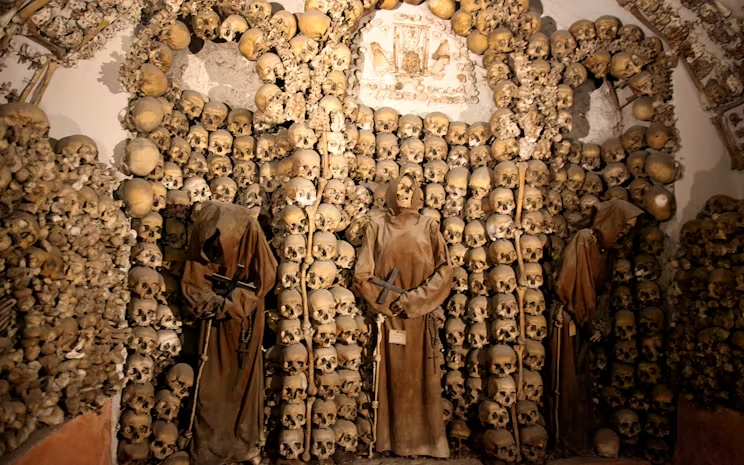
Conclusion
Rome is a city where history is alive in every stone and street. Its ancient ruins, monumental architecture, and sacred sites offer an unparalleled journey through the ages. Whether you are exploring the grandeur of the Colosseum, walking through the ruins of the Roman Forum, marveling at the architectural perfection of the Pantheon, visiting the holy sites of Vatican City, or delving into the underground catacombs, Rome promises a captivating and unforgettable experience. So, pack your bags and immerse yourself in the rich historical tapestry of the Eternal City.
4o

